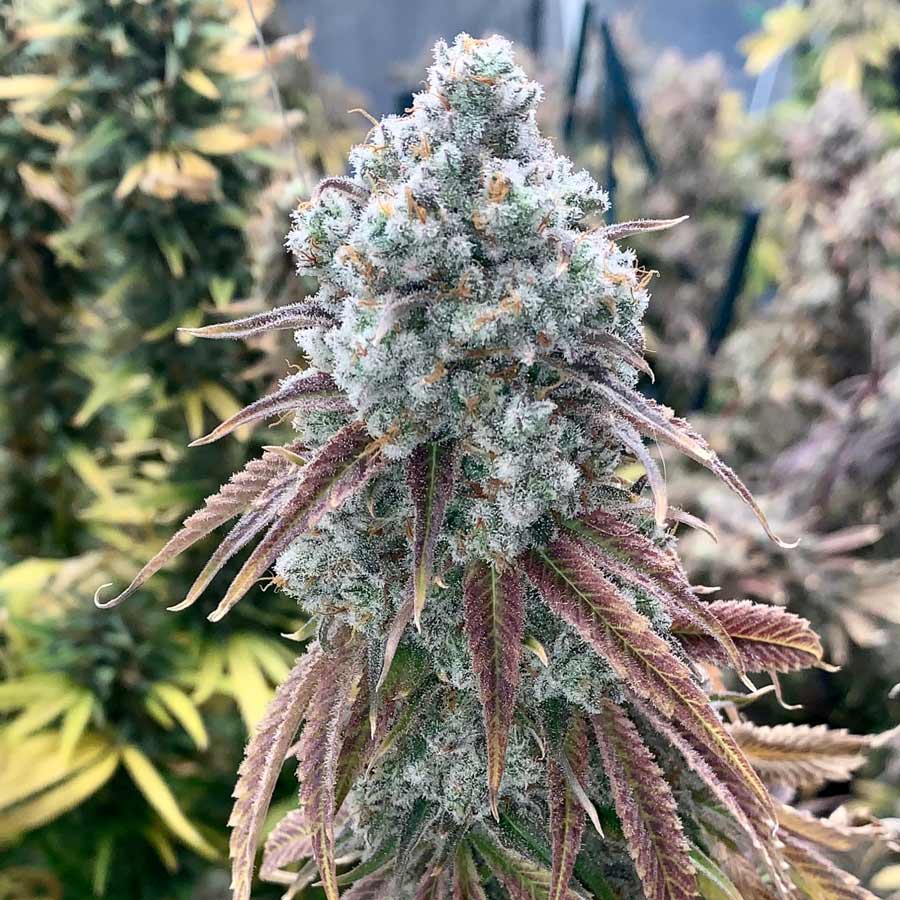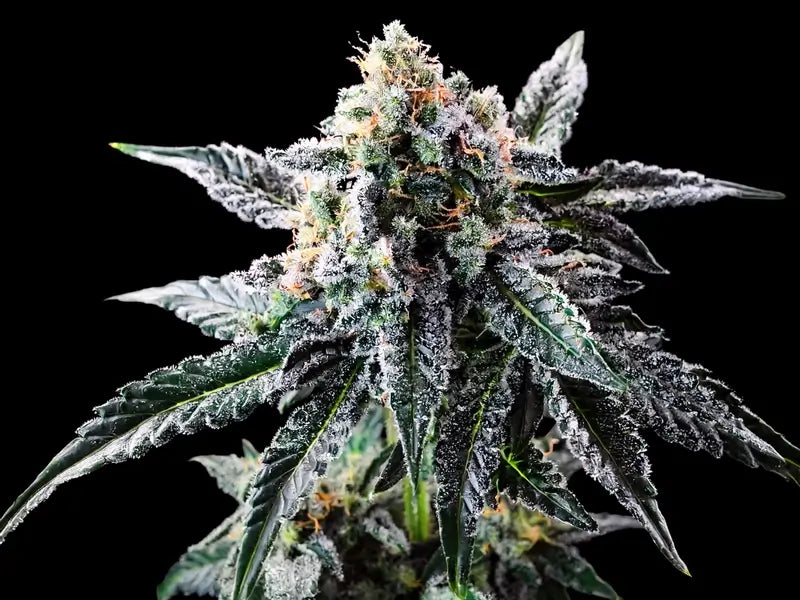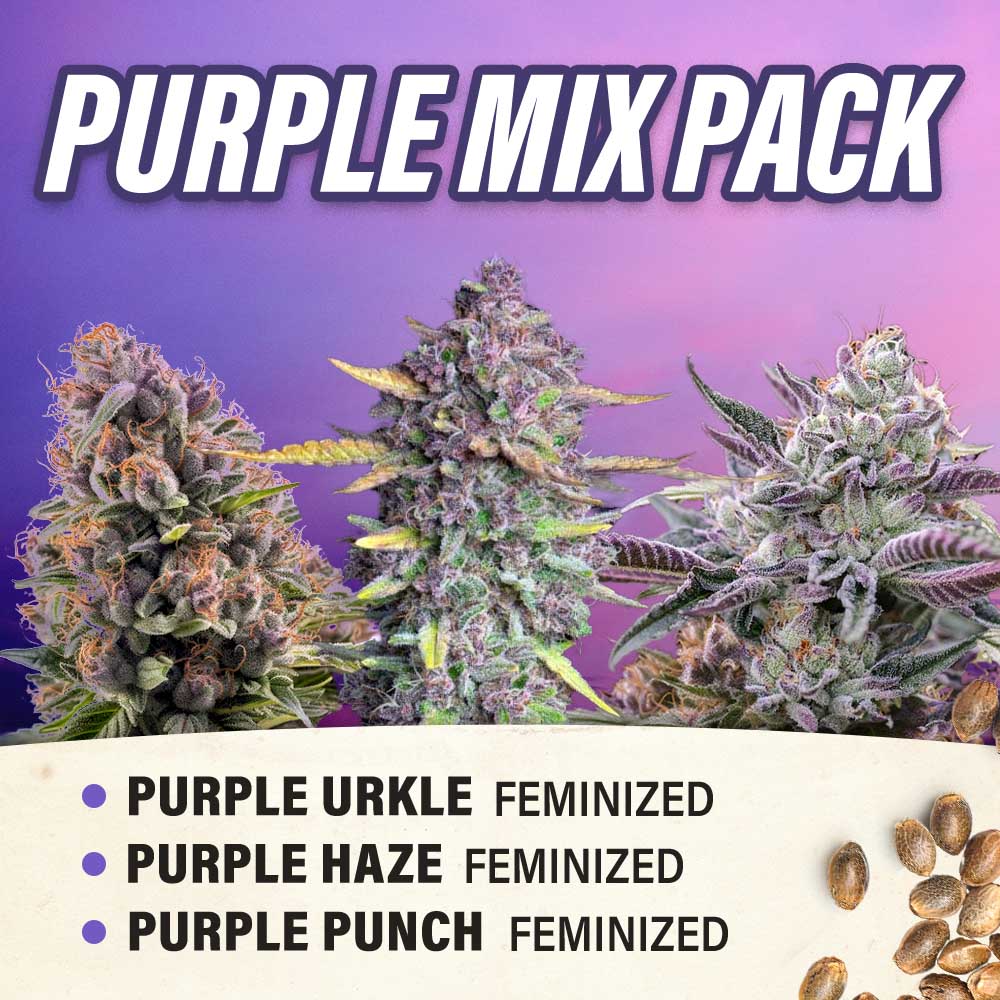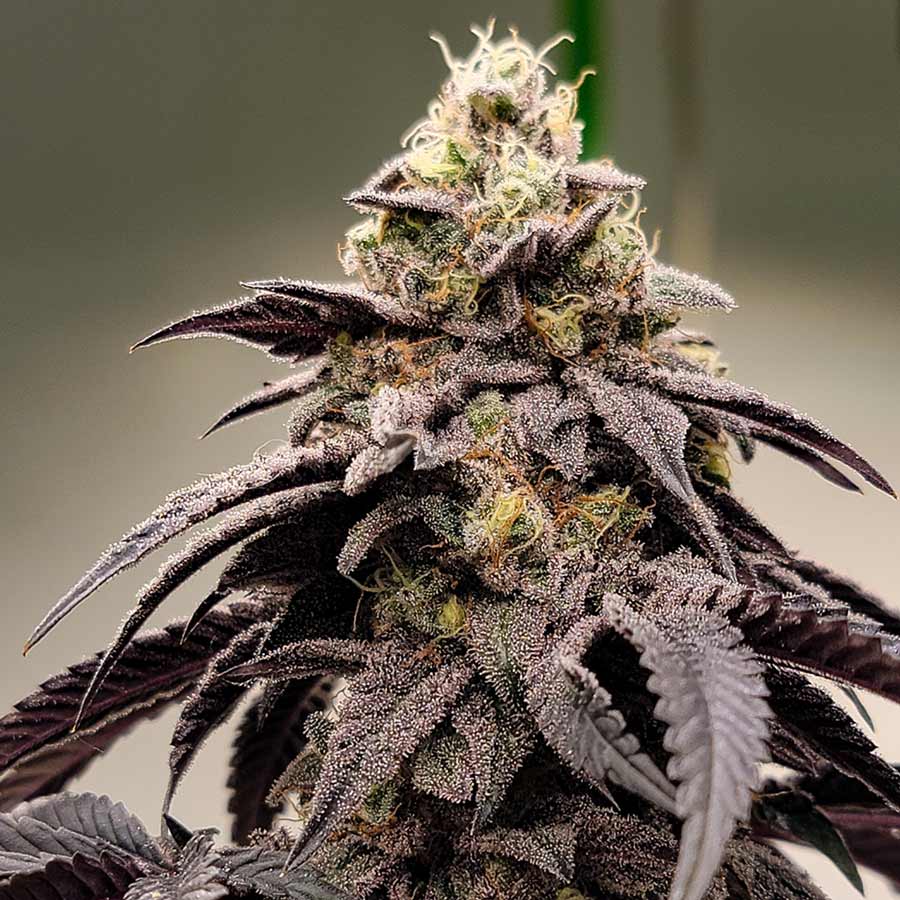Pruning a Weed Plant: 7 Things to Avoid
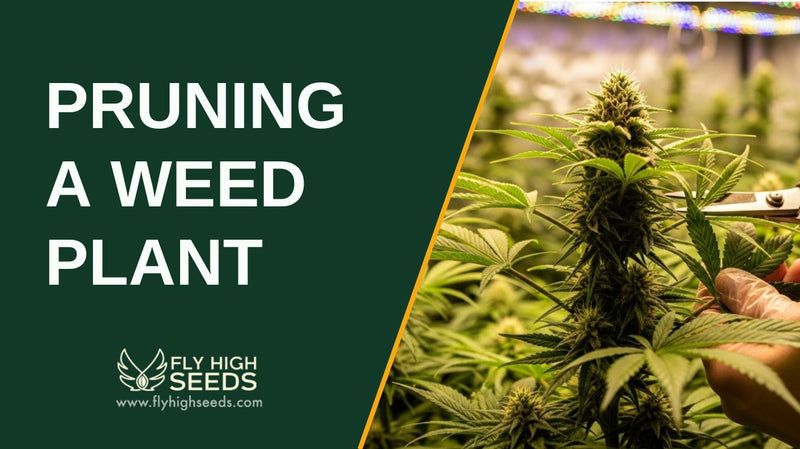
Pruning a weed plant can make the difference between an average harvest and a bountiful one. While trimming away excess growth is essential for healthy development and better light exposure, it's easy to make mistakes that can slow your plant’s growth or negatively affect bud development.
Knowing what not to do is just as important as understanding proper cannabis pruning techniques.
Why Prune Weed Plants?
Pruning weed plants is a proven way to encourage healthier growth, optimize energy use, and ultimately boost your yield. When done correctly, it helps the plant focus on producing high-quality buds rather than wasting energy on unnecessary foliage.
- Improves light exposure – Removes fan leaves and small branches blocking sunlight, allowing lower bud sites to receive more light.
- Boosts bud development – Directs energy toward developing big buds instead of supporting weak or shaded growth.
- Enhances air circulation – Reduces the risk of mold, pests, and diseased leaves by opening up the plant structure.
- Promotes nutrient distribution – Ensures vital nutrients are directed toward healthy leaves and main buds.
- Shapes plant growth – Helps create a bushy shape and balanced canopy, especially important for indoor lighting setups.
-
Supports healthy growth – Pruned plants grow stronger and are more resistant to stress during the flowering stage.
What to Avoid When Pruning Marijuana Plants
Pruning marijuana plants is an essential part of maximizing their growth and yield, but improper techniques can do more harm than good. Understanding what to avoid during the pruning process helps protect your plant's health and ensures a smooth transition from the vegetative stage to flowering.
Pruning During the Wrong Stage

Timing matters. Pruning cannabis plants too late into the flowering stage can shock the plant and negatively affect bud development. It’s best to do most pruning during the vegetative stage when the plant is actively growing and can recover more quickly. Pruning mature plants mid-flower may reduce yields and slow down bud formation.
Removing Too Many Leaves at Once
While it's tempting to cut off all the large fan leaves for better light exposure, doing so can strip the plant of essential energy sources. Fan leaves act like solar panels, helping with photosynthesis. Removing too many leaves, especially healthy ones, at once can stress the plant, delay growth, and reduce overall bud quality.
Using Dull or Dirty Tools
Always use sharp scissors or pruning shears that are properly cleaned. Dull blades can crush stems rather than make a clean cut, which increases the risk of infection and slows down the healing process. Dirty tools may introduce pathogens, leading to nutrient deficiencies, diseased leaves, or worse—plant death.
Cutting the Main Stem
The main stem is the plant’s central energy highway. Cutting it by mistake can stunt the plant’s growth or lead to a completely unbalanced structure. Unless you're applying advanced techniques like super cropping, the main stem should be left intact to support strong vertical growth and high concentration of bud sites.
Pruning Autoflowering Plants Excessively
Autoflowering plants have a shorter lifecycle and less time to recover from pruning. Over-pruning them, especially beyond the early vegetative stage, can limit their potential to develop big buds. Stick to removing only small branches or yellow leaves that clearly take away from the plant’s energy efficiency.
Pruning Sick or Weak Plants
Avoid pruning when your marijuana plants are already under stress due to pest problems, nutrient deficiencies, or disease. Pruning at this time can further weaken the plant and reduce its ability to recover. Focus first on treating the underlying issues and only prune once the plant shows signs of healthy growth.
Not Considering Light Coverage
Failing to assess how light reaches various parts of the plant can lead to poor pruning choices. For example, cutting lower branches just because they’re shaded might not help if upper branches still block light. Prune with light dynamics in mind to help small leaves and lower bud sites receive more light for better flavor and yield.
Tips for Proper Cannabis Plant Pruning
Pruning cannabis plants properly can significantly improve their structure, health, and overall yield. By following proven techniques and timing, growers can guide their plants toward more efficient energy use and better bud production.
- Start in the vegetative stage: Begin pruning when the plant is strong but still early in its vegetative stage. This allows time for recovery before the flowering stage begins, minimizing stress and promoting healthy growth.
- Use clean, sharp scissors: Always use sterilized and sharp tools to make clean cuts. This reduces the risk of infections and ensures that the plant heals quickly, preserving its energy for growth and bud development.
- Target lower branches and small growth: Remove lower branches and small leaves that get little light and won’t contribute to the final yield. This improves light exposure for upper bud sites and promotes more efficient nutrient distribution.
- Avoid removing healthy fan leaves unnecessarily: Fan leaves are critical for photosynthesis. Only remove them if they are blocking light to bud sites or are yellowing or damaged. Maintaining healthy leaves supports robust energy production.
- Space out your pruning sessions: Don’t overdo pruning in one day. Spread out the pruning process over several days to allow the plant to adjust. This helps avoid stress-related issues that could slow down the plant’s growth.
- Prune autoflowering plants lightly: Since autoflowering plants have a short vegetative window, only perform minimal pruning. Focus on diseased leaves or small, unnecessary branches, and avoid any major cuts that could stunt development.
- Encourage a bushy shape: Prune in a way that opens up the center of the plant and encourages outward growth. A bushy shape helps maximize light penetration and airflow, especially for indoor lighting or crowded outdoor plants.
-
Monitor plant response: After each pruning session, observe how the plant reacts. If you notice signs of stress, such as drooping or yellow leaves, pause and give the plant time to recover before continuing.
Final Thoughts

Pruning a weed plant takes more than just cutting away leaves — it requires timing, technique, and awareness. Avoiding common mistakes while applying proper methods ensures your cannabis plants stay healthy, efficient, and productive.
Whether you're growing outdoors or under indoor lighting, smart pruning can lead to stronger growth and bigger, better buds. Stay tuned for more cultivation tips and strategies to support your best harvest yet.
Frequently Asked Questions
How often should I prune my cannabis plants?
Prune every 1–2 weeks during the vegetative stage, allowing time for the plant to recover between sessions. Avoid pruning during the late flowering stage.
Can pruning increase THC content?
Indirectly, yes. Pruning helps redirect energy to top bud sites, improving light exposure and airflow, which can result in higher potency and better resin production.
Is topping the same as pruning?
No. Topping involves cutting the main stem to encourage branching, while pruning focuses on removing unnecessary leaves and branches to improve growth and light distribution.
Should I prune during the day or night?
Prune during the plant’s light cycle to allow wounds to heal while photosynthesis is active. This reduces stress and helps recovery.
Can I reuse the leaves and trimmings after pruning?
Yes. Healthy trimmings like sugar leaves can be used for making edibles, concentrates, or compost. Avoid using diseased or pest-affected leaves.
